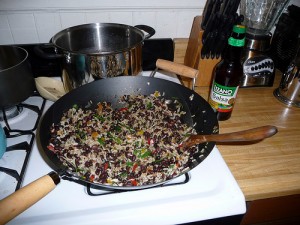Here’s another of my Costa Rica indigenous videos that I created a few years back. This one of the Bribris of Costa Rica on the Caribbean coast in the Talamanca region. The Bribri reserve is one of the larger indigenous reserves in the country. Also, unlike many other indigenous tribes, there are still quite a few native tongue speakers amongst the Bribri elders.
In this video you will see how the Bribri youth are attempting to hold onto their ancient culture through the arts. They presented for us a theatrical play that told the story of their hero, Pablo Presbere…who courageously stood against the Spanish conquistadors and was ultimately captured and executed.
I hope you enjoy this video and I’ll have a few more to present in the coming days and weeks…
